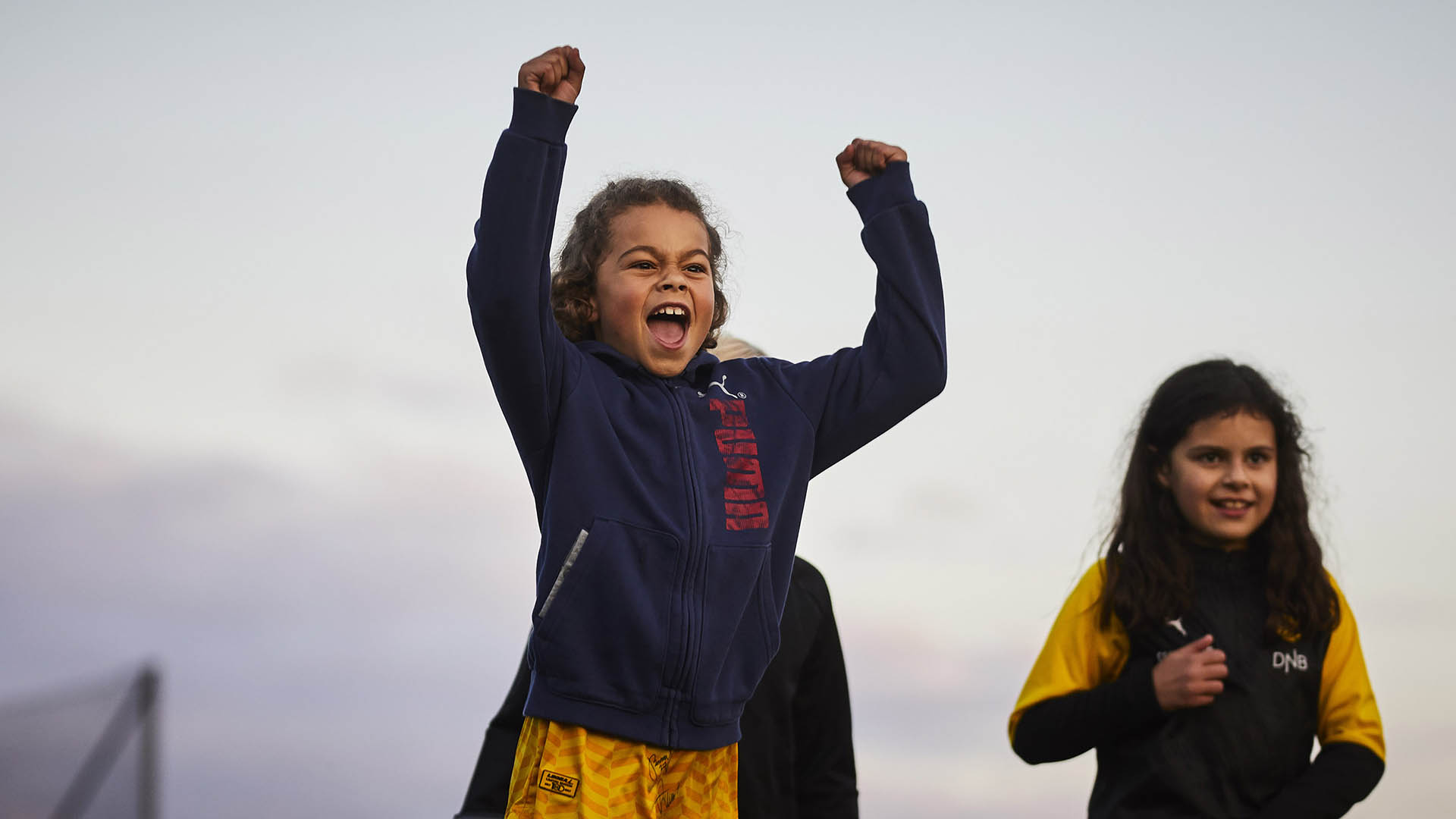Children rights in sports
The children's rights in sports put the needs and participation of children at the centre of all our activities and express the values that form the basis for children's sports in Norway. They consist of eight rights and underline the importance of participation, safety and joy of sports for every child. The rights were first adopted by the General Assembly in 2007 and are based on the UN Convention on the Rights of the Child. The rights were revised at the General Assembly in 2019.
The Provisions on children’s sports
The provisions regulate competitions offered to children and stipulate conditions for travel, what competitions children are permitted to take part in, and how awards, ranking and results lists should be used. They were first adopted by the General Assembly in 1987 and were later revised in 2007, 2015 and 2019. There are also separate provisions on how to sanction or punish any violations of the provisions.
See here for a complete version of the provisions and rights in english.
Why do we have provisions and rights?
The rights and provisions are unique in a global context and are designed to help children have a positive experience every time they participate in training, competitions, or other activities. When participating in sports, children should experience a friendly environment, feel safe, want to try new things and not be afraid to make mistakes. Furthermore, activities should be developed and adapted for children so that they are encouraged to learn and are motivated to continue playing sports for as long as possible.
Child safeguarding
The safety and well-being of every child is paramount in all sport activities. In addition to rights and provisions on children’s sports, NIF, including all sports federations, confederations and clubs work daily to ensure a safe environment and safeguarding of children. Efforts include Board resolution on child protection, participation in the EPAS project on child safeguarding and instituting Child Safeguarding Officers at the central levels of the organisation, as well as e-learning and communications on child safeguarding to all sports clubs.

